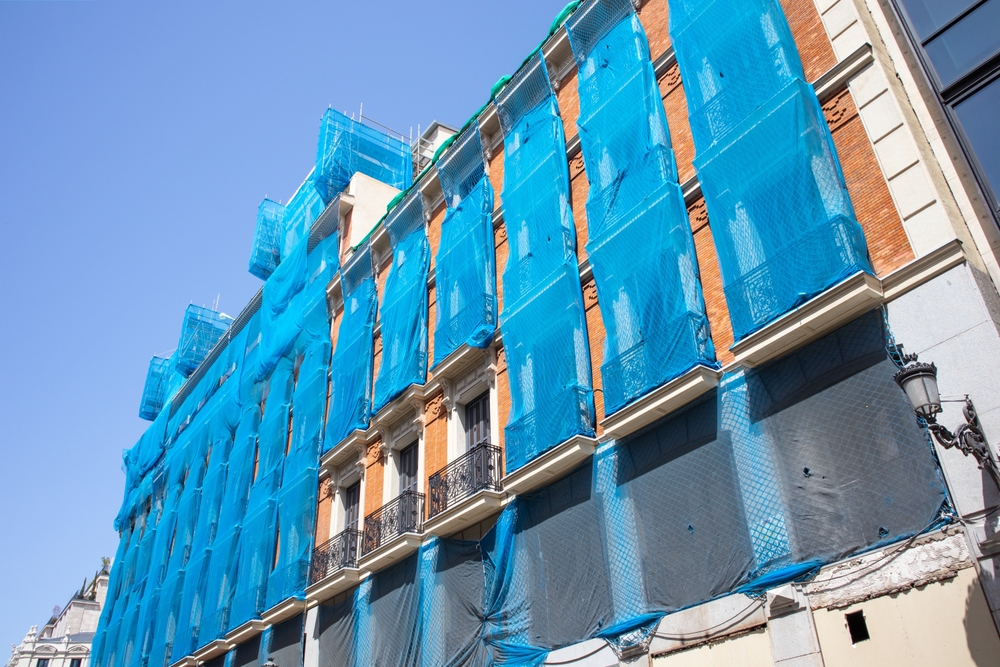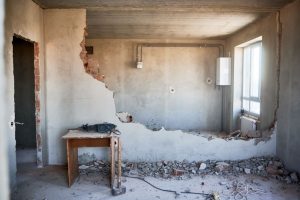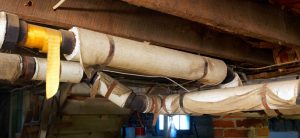You’ve got a fantastic site for your next facility, office space, or multi-use project. Select demolition might be one facet of your overall project scope. It’s vital to understand the basic costs of select demolition, which can vary greatly depending on several factors.
We’ll go over six considerations to keep in mind as you look over your project budget to stakeholders. This will also give you an idea of how project costs can change over time.
1. Type of Select Demolition
Select demolition involves the removal of specific parts of a structure. This service can involve a total strip-out, where a company removes all non-load-bearing items. Removing these materials will also affect the price. Demolition of concrete, for example, can be more expensive than demolition of wood or brick because of the tools needed.
2. Size and Scope of the Select Demolition Project
The size and scope of the select demolition project are critical factors when it comes to the cost of your project. Larger projects typically require more equipment and human resources, increasing expenses.
Projects with difficult access or hazardous materials may require additional safety measures, equipment, and training, which can increase your overall project costs.
3. Location of the Select Demolition Project
The location of the project could affect the overall cost of select demolition. Projects located in urban areas may be more expensive due to equipment, transportation, and permits. Projects in remote or rural areas may also be more expensive due to longer travel times and the need for specialized equipment. It depends on the accessibility of the project for your chosen select demolition company.
4. Permits and Regulations
Almost always, select demolition projects require permits and must comply with various regulations and safety requirements at the federal, state, and local levels. The cost of obtaining permits and complying with regulations can vary greatly depending on the location and scope of the project. Cities may require more permitting compared to rural areas.
Additionally, projects requiring specialized permits or compliance with unique regulations, such as those involving hazardous materials, can significantly change the project’s price.
5. Hazardous Materials
The presence of hazardous materials can significantly impact the budget of a demolition project. Asbestos, lead, mold, PCBs, petroleum-based products, and other hazardous materials may require specialized equipment, disposal procedures, and safety measures. However, your building will be ready for the renovation phase, and you’ll get a certificate and all paperwork that certifies your site as clean and free of hazardous materials.
6. Disposal Fees
Disposal fees will factor into your select demolition project. Demolition debris must be properly disposed of, mainly if it contains hazardous materials. Fees can vary depending on the location and the type of disposed material.
One thing to keep in mind is that your project costs can change over time. For example, you get a quote for removing asbestos. Once a team starts removing items and demolishing interior walls, they may see old electrical equipment containing PCBs. Removing PCBs could require different processes and safeguards compared to asbestos removal.
Partner With an Experience Select Demolition Company
Contact Environmental Demolition Group or call 859-363-4863 to learn more about how our team has the expertise and operations to complete select demolition services in the Midwest and Mid-Atlantic states.





